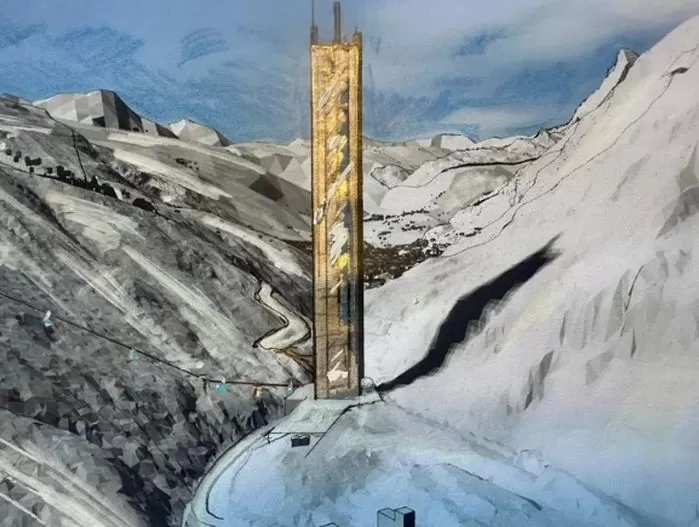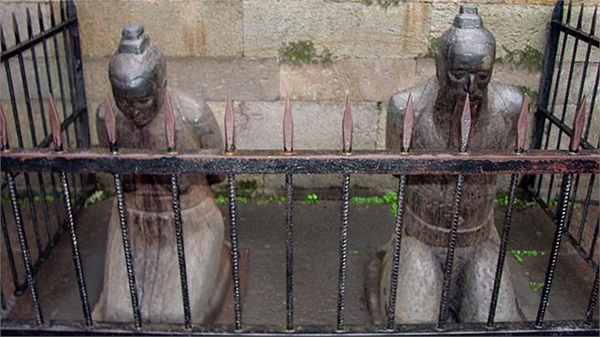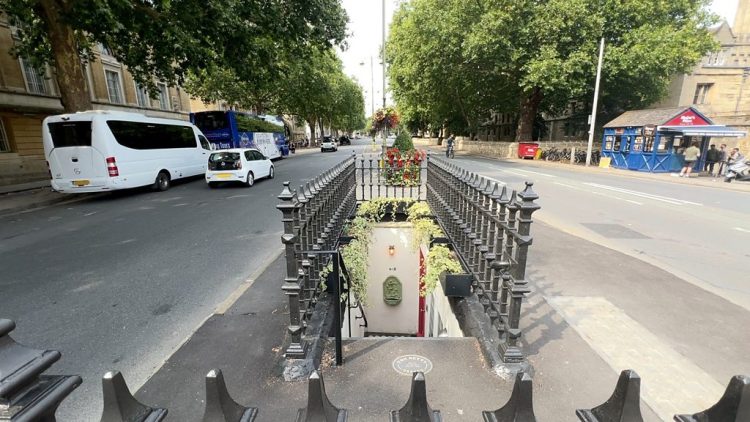The Areia Preta beach in the Brazilian city of Guarapari is famous for its black sand which has external radiation levels of almost 400 times the normal background radiation recorded in the US.
Brazil has hundreds of miles of beaches, but none are quite like “Praia Da Areia Preta”, in Guarapari. The sand in this region, particularly the black sand, contains moderate quantities of monazite, a phosphate mineral rich in several rare-earth elements, including uranium and thorium. Research has shown that background radiation on Areia Preta can reach 175 mSv per year, or 20 μSv/h, while some spots, particularly those with lost of black sand, have radiation levels of up to 55 μSv/h. To put that into perspective, the average radiation exposure level across the United States is about 0.34 μSv/h, while an X-ray gives people a one-time exposure to about 100 μSv.

Photo: Marcelo Moryan/MTur
Guarapari’s monazite-rich black sand was first noticed in 1880, by Austrian scientist Carl Auer von Welsbach. He was looking for thorium for his newly invented incandescent mantles, and monazite sand proved to be the perfect source. Brazilian monazite mines dominated the industry of rare-earth elements up until World War 2, but it wasn’t until the late 20th century that monazite sand beaches became a health tourism attraction.
In 1972, the radioactivity of monazite sand was already known for almost a century, but that year physician Silva Mello started promoting a radioactive sand therapy that she claimed could treat a variety of health problems, including rheumatism. To this day, thousands of tourists try to cure diseases by lying on or even covering themselves with this radioactive sand, ignoring the danger of prolonged exposure to radiation.
50 years after Silva Mello’s publication on the benefits of monazite sand, many in Brazil still believe that exposure to the sand is actually good for their health. The tourism industry of Guarapari has definitely benefited from this narrative, and the city wears its nickname “The Healthy Town” with pride, despite the controversy surrounding the effects of exposure to the sand.
Interestingly, most parts of Guarapari have relatively low levels of background radiation – 0.6 µSv/h on average – which doesn’t pose any real health risk. The beaches, like Areia Preta, are a different matter entirely. Sea waves continuously pound coastal mountains rich in monazite, and some of the radioactive compounds wash up on the shore in the form of black sand.
Over the years, research has shown that gamma radiation alone on Areia Preta poses a serious danger to tourists. One 2002 study found that gamma radiation doses on Areia Preta beach were comparable to those in the immediate vicinity (l km) of the Chernobyl nuclear power plant. The authors point out that while the radionuclide composition in the two locations is undoubtedly different, the gamma radiation on Areia Preta requires protective equipment.
Radiation absorbed through the skin can reportedly increase the risk of skin cancer, while inhaled radioactive compounds can cause lung cancer. It is for these reasons that the Brazilian Nuclear Agency does not recommend spending too much time on radioactive beaches like Areia Preta.
At one point, it was proposed that monozites be removed from the sand and then sold as valuable ore rich in rare-earth elements. This way, the iconic black sand of Guarapari could be preserved for its tourism value, without exposing people to harmful radiation.













